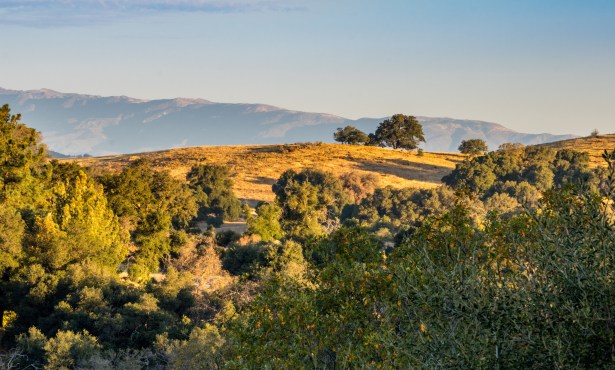Our Forests Need Help
Forests Are Critical to Sequestering Human-Produced Carbon but Struggling to Adapt to Changing Climate

Our forests perform myriad services: They purify our air, sequester and store carbon from the atmosphere, foster biodiversity, yield products of great value to human societies, stabilize water supplies, protect and enrich soils, and offer us inspiration and happiness. But as climate change accelerates, drawing carbon out of the air has become their most critical role.
Trees buffer the worst effects of climate change by incorporating carbon in their growth cycle, thus preventing its return to the atmosphere for dozens or even hundreds of years. Currently, about a third of all human-produced carbon emissions are absorbed by trees and other land plants.
Of great alarm, however, is that the planet’s forests are shrinking. They have been reduced by half during the last 300 years. All are in jeopardy because of rising temperatures and increasingly unusual rainfall patterns. These changes inflict more frequent droughts, pest outbreaks, and wildfires. Trees are dying at the fastest rate ever recorded. Californians are only too aware of these shifting patterns.
Since 2014, more than 129 million trees have died in California. Our forests have experienced a tenfold increase in mortality in recent years. Seven of the 10 largest fires in California history have occurred since 2003, including December’s Thomas Fire, the largest on record and the state’s first wintertime megafire. Drought-stressed forests are making forest fires more frequent and more damaging.
Scientists and conservationists are beginning to shift their thinking from viewing forests as basically static to considering them as inherently changing. Rising temperatures and disruptive rainfall patterns are forcing trees to migrate, on average about two miles per year northward in North America. Trees do not migrate easily nor rapidly. Moreover, in California, as elsewhere, trees are struggling to regrow after wildfire burns. Consequently, some conservationists are advocating replanting forests with climate change in mind.
Researchers in British Columbia have found that by boosting tree diversity — namely, by adding more broad-leafed deciduous species to predominantly slow-growing conifer forests — a forest’s capacity for regrowth is increased by up to 40 percent. Introducing novel but native species that are expected to do well in the face of our changing climate is what forest ecologists call “assisted migration.” Although this is a controversial innovation among experts, there isn’t time to wait the decades to study the ramifications of the few experiments that have been initiated.
The inherent pressure of climate change adds urgency but also controversy to bold action. With a problem as big as the potential death of many of the world’s forests, more and more conservationists, forest managers, and scientists are realizing that the worst thing we could do is nothing.



